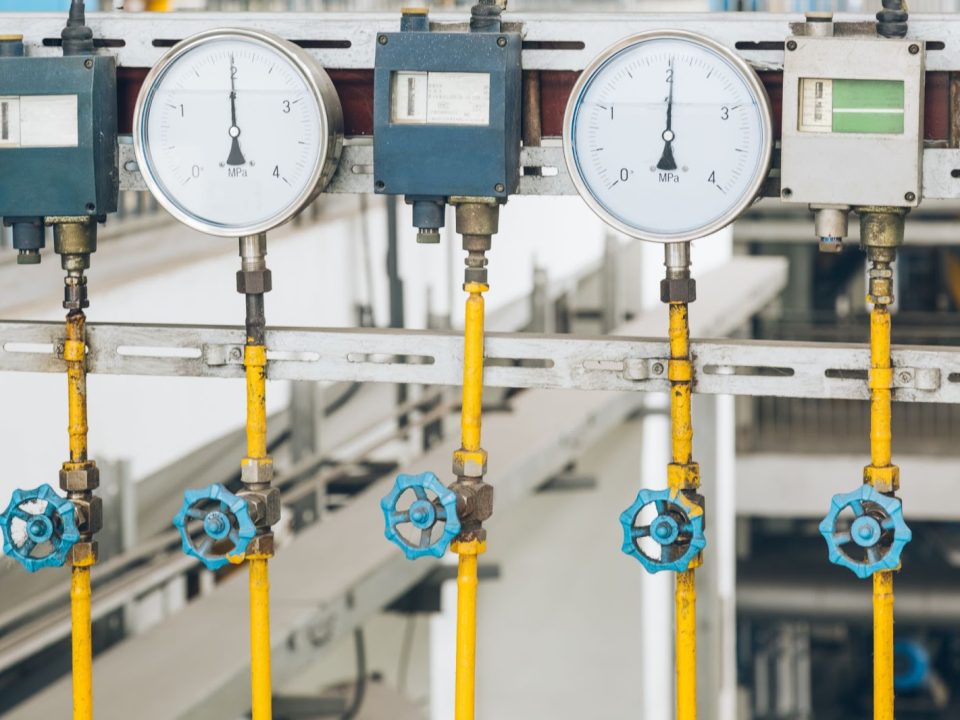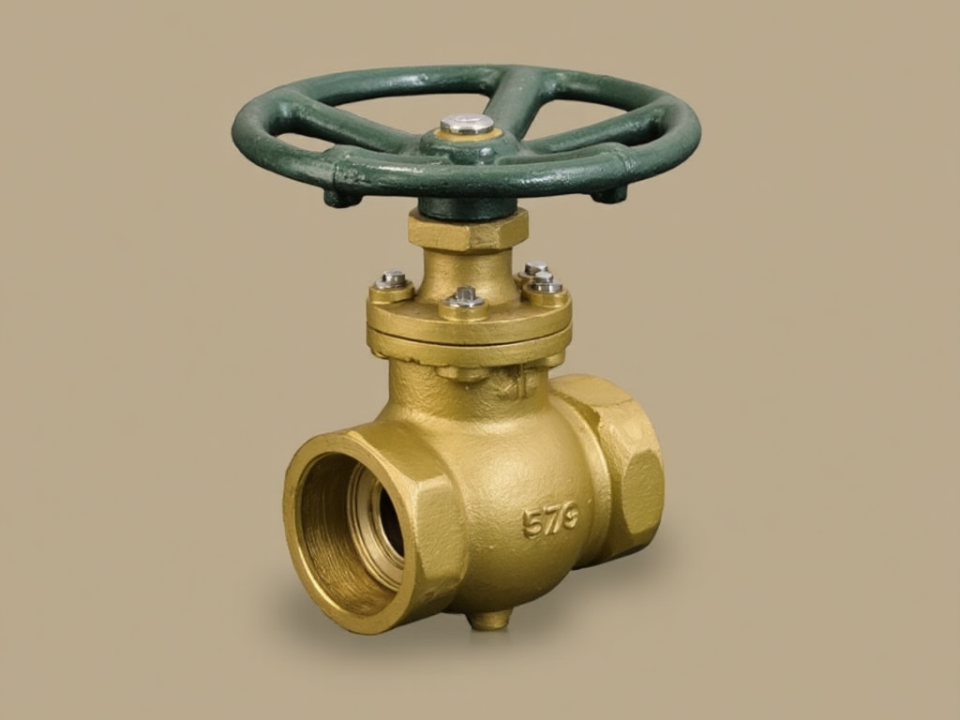A ball valve is a shut-off valve that uses a rotating ball with a bore to throttle the flow of a liquid or gas. The valve may be opened or closed by rotating the ball 90 degrees, or one-quarter of a revolution, along its axis. It makes it possible for the medium to either flow through or clog. Ball valves have a lengthy service life and consistently offer dependable sealing throughout their lifespan, even when they get left idle for extended periods.
What is a Ball Valve?
Ball valves are among the quarter-turn family of valves. They require a quarter turn to activate. A hollow ball is located inside the valve body of these valves, as the name suggests. This valve’s hollow ball is exceptionally crucial. A barrier gets presented by the ball in this type of valve.
The working principle of a ball valve:
The ball will entirely cover the spherical surface in the inlet and outflow when it spins 90 degrees, closing the valve and preventing the medium from flowing.
The whole ball mouth will be seen in the inlet and outflow to permit the flow, and there is essentially no resistance when the ball spins 90 degrees once more.
The Advantages of Ball Valves
The key advantages of using a ball valve get outlined below.
High Efficiency:
Ball valves are thought to get high recovery valves because of their big opening, low-pressure drop, and high flow capacity. Turbulence and resistance to the fluid flow are negligible when the valve is thoroughly open.
Leakage Prevention:
Brass ball valves reduce leakage and stop unwanted flow thanks to their powerful sealing mechanism. In doing so, waste and environmental damage are less likely to occur, and system efficiency increases.
Excellent Sealing:
Ball valves shorten the prospect of leaking by offering a tight shut-off when closed. The design with-its seats made of materials like PTFE ensures reliable sealing.
Versatile Use:
Ball valves are practical and efficient as they function on a simple quarter-turn (90-degree) mechanism. The small dimensions and relatively low weight of the valve make it easy to install and remove.
Robust:
The capacity of ball valves to tolerate high pressures makes them one of the most durable valve types. They may get employed in many different settings and industries due to their enormous choice of materials.
Versatility:
Brass ball valves were capable of handling a broad range of fluids, pressures, and temperatures because of their adaptable design. Their compatibility with low-flow precision control systems and high-flow applications allows them to be flexible in various operating environments.
Efficient flow Control:
Leakage diminishes when ball valves are closed because they offer a tight shut-off. Easy opening and shutting is made possible by the handle’s 90-degree rotation, which enables quick reaction and accurate fluid flow rate control.
Low Maintenance:
Ball valves are cheaper to manufacture and demand less maintenance compared to other valve designs. The packing seal on the ball valve stem is not quickly worn down or compromised since it spins without axial movement. Ball valves are simple to dismantle, fix, and replace worn components. Long-term maintenance and implementation costs are also lower due to their low maintenance requirements.
Overview
Ball valves are essentially mechanical devices used in plumbing systems to regulate fluid flow. They are perfect for the majority of industrial applications because of their affordability and ease of use.
Even with their drawbacks, they are frequently the best option for a cost-effective and adequate valve solution.




